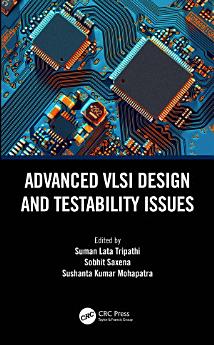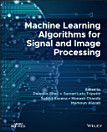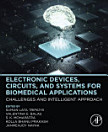Advanced VLSI Design and Testability Issues
આ ઇ-પુસ્તક વિશે
This book is well organized into 20 chapters. Chapter 1 emphasizes on uses of FPGA on various image processing and biomedical applications. Then, the descriptions enlighten the basic understanding of digital design from the perspective of HDL in Chapters 2–5. The performance enhancement with alternate material or geometry for silicon-based FET designs is focused in Chapters 6 and 7. Chapters 8 and 9 describe the study of bimolecular interactions with biosensing FETs. Chapters 10–13 deal with advanced FET structures available in various shapes, materials such as nanowire, HFET, and their comparison in terms of device performance metrics calculation. Chapters 14–18 describe different application-specific VLSI design techniques and challenges for analog and digital circuit designs. Chapter 19 explains the VLSI testability issues with the description of simulation and its categorization into logic and fault simulation for test pattern generation using Verilog HDL. Chapter 20 deals with a secured VLSI design with hardware obfuscation by hiding the IC’s structure and function, which makes it much more difficult to reverse engineer.
લેખક વિશે
Suman Lata Tripathi is associated with Lovely Professional University, Phagwara, Punjab, as Professor with more than seventeen years of experience in academics. Her area of expertise includes microelectronics device modeling and characterization, low power VLSI circuit design, VLSI design of testing and advance FET design for IOT and biomedical applications etc.
Sobhit Saxena is an Associate Professor at Lovely Professional University University, Phagwara, Punjab. His area of expertise includes nanomaterial synthesis and characterization, electrochemical analysis and modeling and simulation of CNT based interconnects for VLSI circuits.
S. K. Mohapatra is working as Assistant Professor, in School of Electronics Engineering, Kalinga Institute of Industrial Technology, Bhubaneswar. His research interests include Modeling and Simulation of Nanoscale Devices and its application in IoT. Energy efficient Wireless Sensor Networking, Adhoc Networks, Cellular Communications, Metamaterial absorbers in THz application, UWB-MIMO Antenna, Reconfigurable Antenna, Performance enhancement for high frequency.






